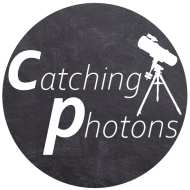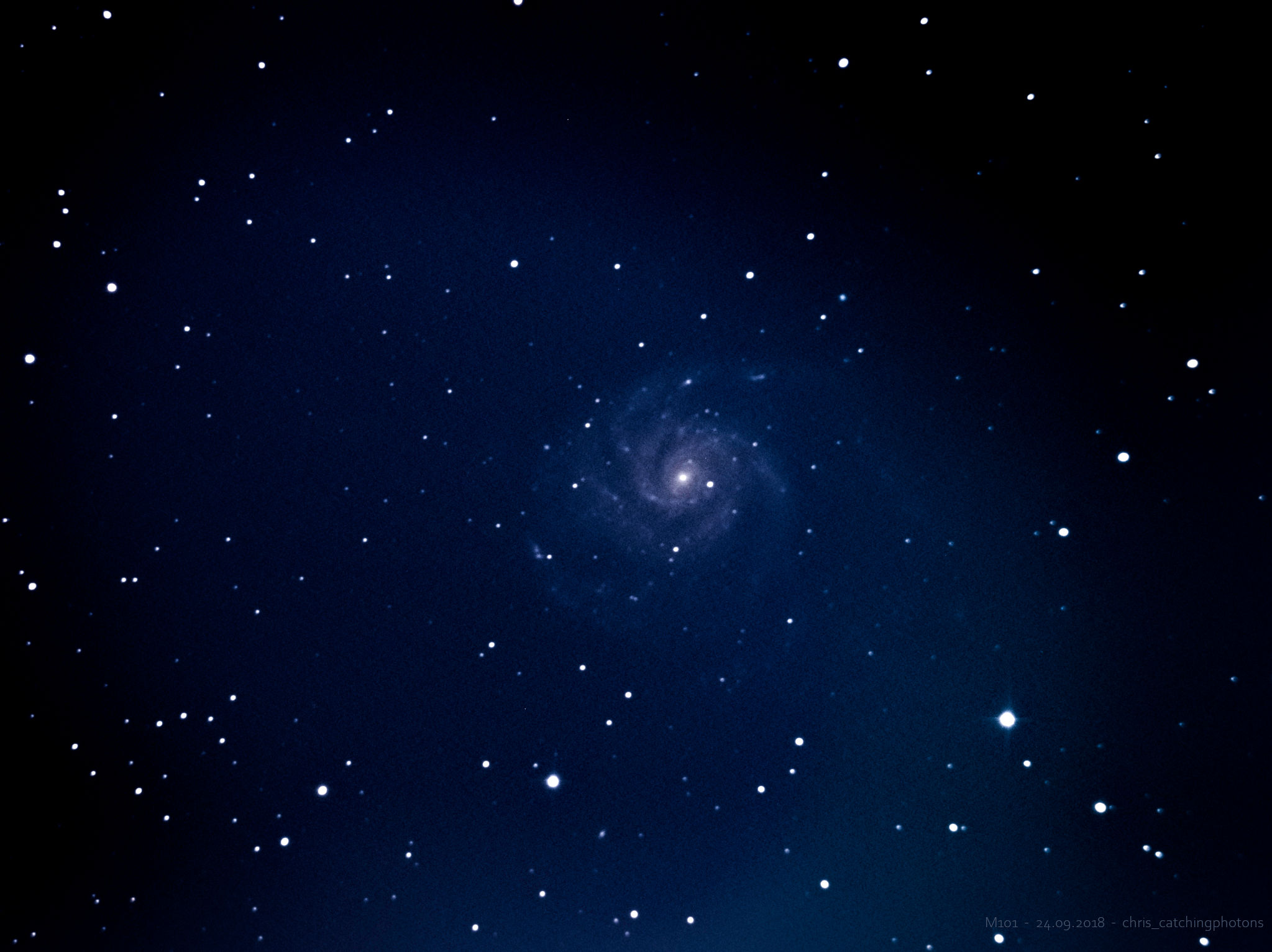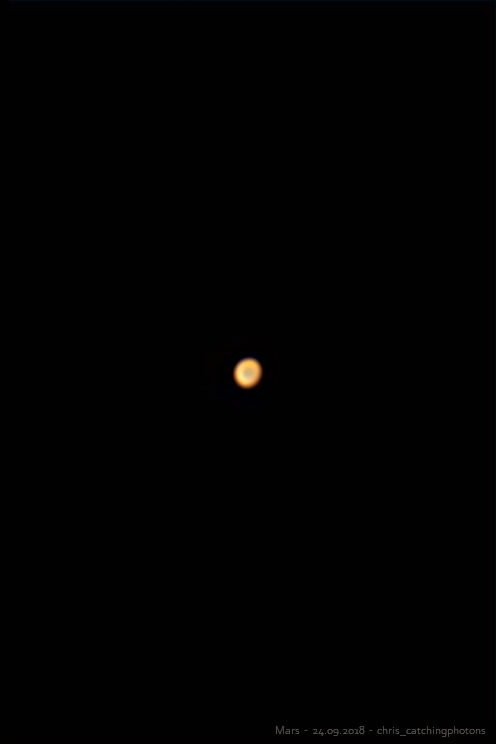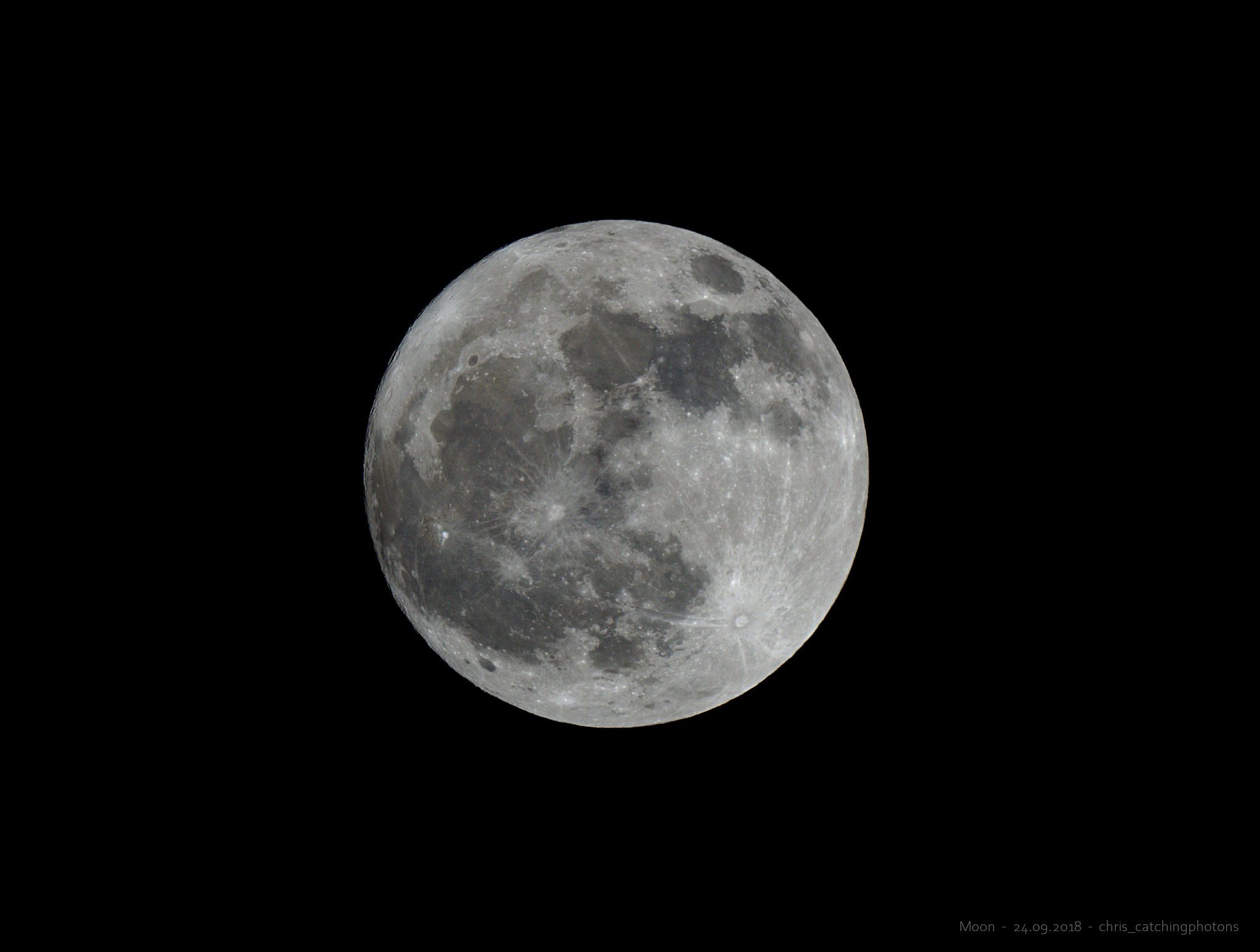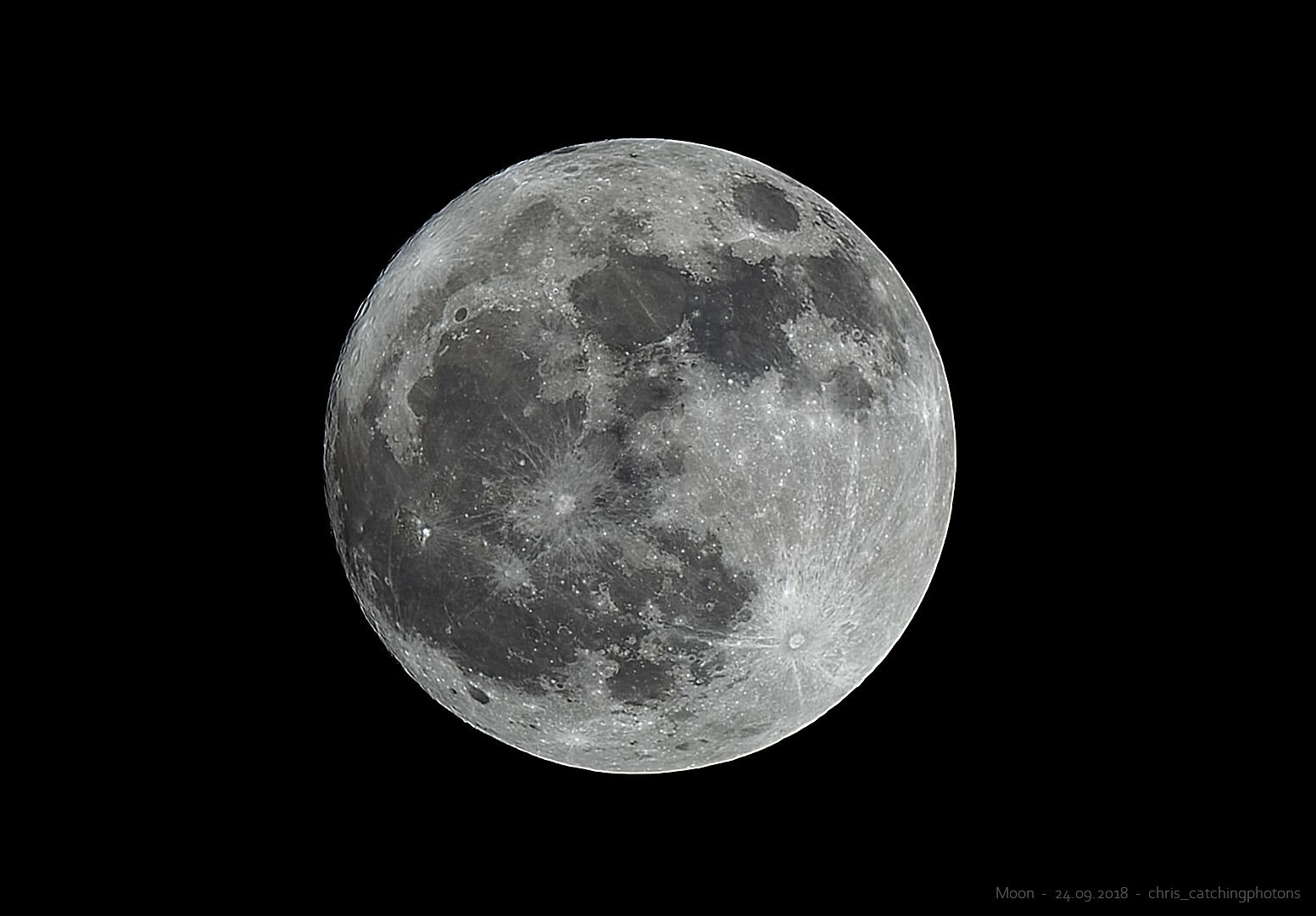24.09.2018
New aspect: Finding DSOs in Stellarium and plan a DSO session
Acquisition:
M101: The days before this session i considered what DSO target to capture next. There are many factors I hadn’t figured out back then:
- Where is your scope placed?
- This is important for setting up. You don’t want to set everything up and running and then realising that your target will be well behind the neighbours garage all night. That’s just frustrating. So check the position of the object well before your session. See my DIY tutorial “getting your backyard into Stellarium” for further advice.
- When does a “Deep Space Object” appear on the sky?
- Here you use Stellarium or similar apps to figure out when to image. You want to use the precious time you have as good as possible. So planing the session in advance is important. When do you need to be ready? Where do you need to point?
- When does it cross the meridian and you are forced to do a ‘meridian flip’?
- A meridian flip is a manoeuvrer you are forced to preform, when the captured object crosses the north-south-axis on the sky. At this point the weights on your counter weight bar will rise higher and then above the scope. To avoid that and to keep the scope always above the weights, the scope will stop and you have to rotate 180° and then just keep on tracking. That is a hurdle in the middle of the night. You have to find the object again, align everything and then keep on capturing. I always try to avoid that manoeuvrer, but sometimes it’s inevitable to do so. Back then I really was trying not to… Too many factors.
- What are good alignment stars for locating the object?
- Errors in the mount will cause errors in the GOTO functions of the mount. So for my cheap SW EQ3 -Pro mount it means that you add together a lot of errors when slewing to a DSO from a distant alignment star. I therefore choose a nearby alignment star to reduce the amount of slewing error. So therefore I am forced to use a different set of alignment stars for every new DSO.
So after considering this list I chose M101. This is a distant face on galaxy with beautiful spiral structures. I really love this galaxy and badly wanted to capture it. At the end of the list above it’s nevertheless a question of like-dislike. Was it the right choice? No, but more of that in a second.
Moon: This was the first full moon with my scope and naturally I wanted to give it a try. Already getting an idea, why M101 wasn’t a good choice at all? 🙂
I chose to capture rapid series of images with my Canon in front of the eyepiece. The idea was to stack the video images in Autostakkert!2. I shot a couple of minutes and then took a few images with the old Olympus at prime focus (directly attached to the scope without any eyepieces).
Mars: Directly after acquiring the moon images I slew to mars and took some video files with the old Canon compact camera. Using the same eyepiece projection method like on moon I captured some .mov files to end the evening. Mars was low above the horizon so seeing was pretty awful.
Tech Specs of M101:
- 51 x 60′ lights
- 20 darks
- 20 bias
- ISO 800
Processing:
M101: That was a pretty exhausting target. With an exposure time of ~ 55min and bias and darks taken the background noise on the stacked image was relatively low. But so was the signal. It was full moon. A major factor, that I forgot taking into account when planing the session. The moon whipped out all signal by raising the background level nearly above the signal level. The resulting histogram looked like a needle spike. One little spike for all of the signal of M101. So everything was about stretching that signal without raising the noise to … I failed several times trying this. Finally my brother found a smooth balance point between signal and noise and managed to keep the structural details of M101 inner arms. Nothing of the beautiful colour or the structural spirals arms managed it into the final image. But for the first deeeeeep sky object it’s still a nice “first”. Thanks bro!
Mars: The stacking and processing was pretty much the same like last time. Tough ether the focus or the general settings of my old compact Canon camera seemed to be better then last time. The result is the best 50% of 7500 images extracted from the .mov file. This seems to me like a very high value for me now, but back then it seemed to be an optimum point. Ether way: The camera has an awful low frame rate, so seeing plays a much higher role. With this setting I just wasn’t able to catch the “lucky punch” you can get with a frame rate up to 80-100 fps.
Moon: First I tried to catch some images from the moon to stack them together like I did with mars. The result was never the less quite blurry because I think the resolution and the focus behind the eyepiece of my old canon can’t compete against the prime focus of the DSLR. So in the end I choose a single shot image from my DSLR and sharpened it in Registax6. I might (!) have overdone the sharpening process… but it was my first sharpened moon and really? I like it! 🙂
Conclusion:
If you plan a DSO session: Check everything! Weather, object, orientation, meridian transit, framing, timing…. and the moon phase. Don’t forget anything. It will just render your session and all your data useless. Additionally try to figure out whether your object is bright enough for your scopes aperture and for the light pollution of your location. In the end M101 is a pretty dark object. Even under ideal conditions it will be low in details on a 150mm aperture telescope. Darker skies, longer exposures (>5h) and some filters will be needed to enhance that image. But I want to come back to that DSO. M101 just looks so pretty.
Greetings
Chris
